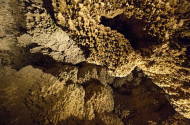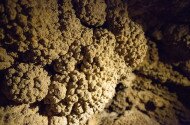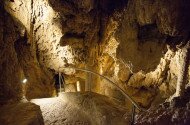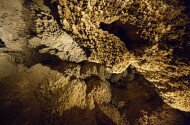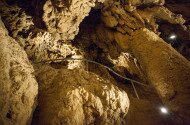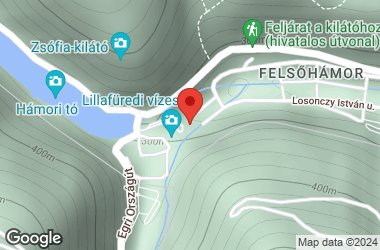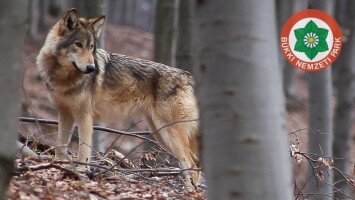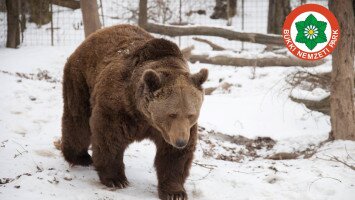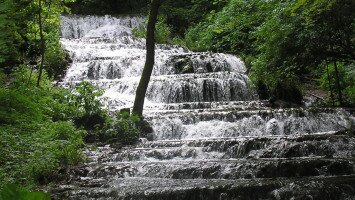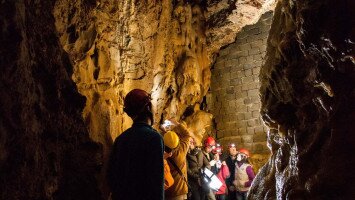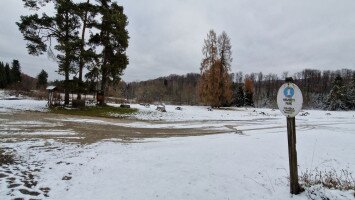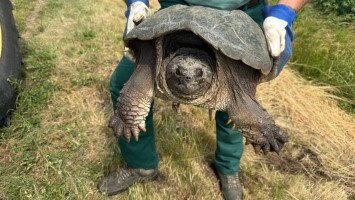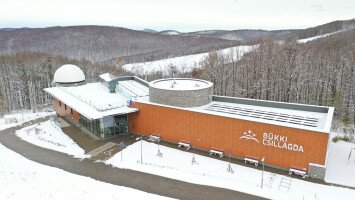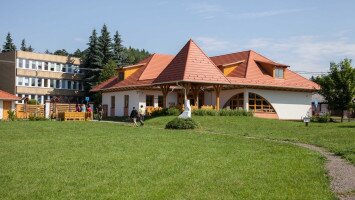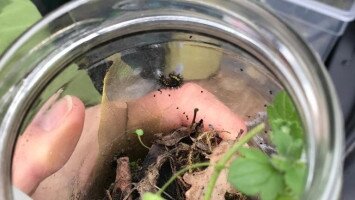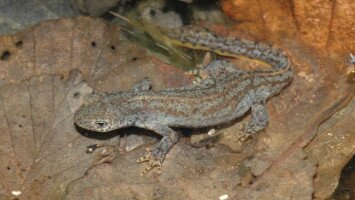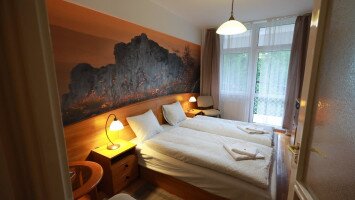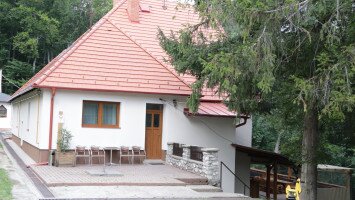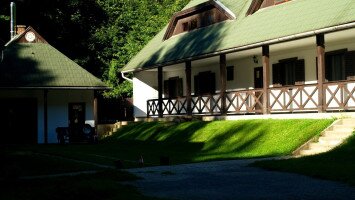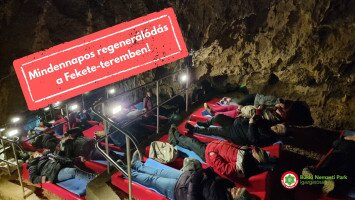
The Anna cave, managed by the Bükk National Park Directorate, can be found near the waterfall in Lillafüred. Only a few of the kind can be visited in the whole world: in 1951 it was declared protected, then in 1982 a strictly protected area.
The entrance to the cave can be found at the lowest floor of the Hanging Gardens of the Hotel Palota, in Lillafüred, right next to the Szinva Waterfall. The ticket office is a floor higher, in the tower building.
The length of the passageways of the cave is 570 m, out of which the part that can be visited is 208 m long.
Unique in the world, the cave originated in the travertine separated out from the water of the Szinva spring. The cavity system is the same age as the stone, the formation of which started 150 – 200 thousand years ago, and is still going on. During the trip, you can observe different floral fossils, that is fossilized vegetable parts. It is characteristic of the corridors and the halls that everywhere you will find the traces of artificial intervention. The different floors are connected with stairways. Abounding in water, the Anna Well, gushing from the closed area of the cave, provides a significant part of the drinking water supply of Miskolc.
During the guided tours you can also meet bats. Among the species to be found here, the most characteristic ones are the greater and the lesser horseshoe bats.
The guided tour lasts for about 30 minutes. The temperature in the cave is 10°C all through the year, so visitors are recommended to wear proper clothes.
You are only allowed to take photos without flashlight, because extra light is harmful for the cave.
Access:
From the direction of Miskolc, by bus 1, or by tram 1, to the Felső-Majláth part of the town, then on by bus 5 or bus 15 to the Hotel Palota.
If you come by car leave your it in a parking lot near the Lake Hámori, or along the road between Eger and Miskolc, this parking place is 600 m away from the cave.
TOURS START:
Guided tours start every hour on the hour every day as it follows:
In the summer season (Apr 1 – Sep 30) between 10am and 4pm daily.
In the autumn season (Oct 1 – Oct 31) between 10am and 3pm daily.
In the winter season (Nov 2 – March 31) there is only one tour a day, starting at 12 midday.
For groups you must have an appointment: phone/fax: +36 46 334 130.
Tours last for 30 minutes.
We are calling the attention of our visitors coming with Miskolc Pass tourist card, or tickets bought online, that they are to register at the ticket office 10 minutes before the tour starts.
Nyitva tartás
12/24/25: Closed
12/25/25: Closed
12/26/25: Closed
12/27/25: 12:00 PM - 1:00 PM
12/28/25: 12:00 PM - 1:00 PM
12/29/25: 12:00 PM - 1:00 PM
12/30/25: 12:00 PM - 1:00 PM
